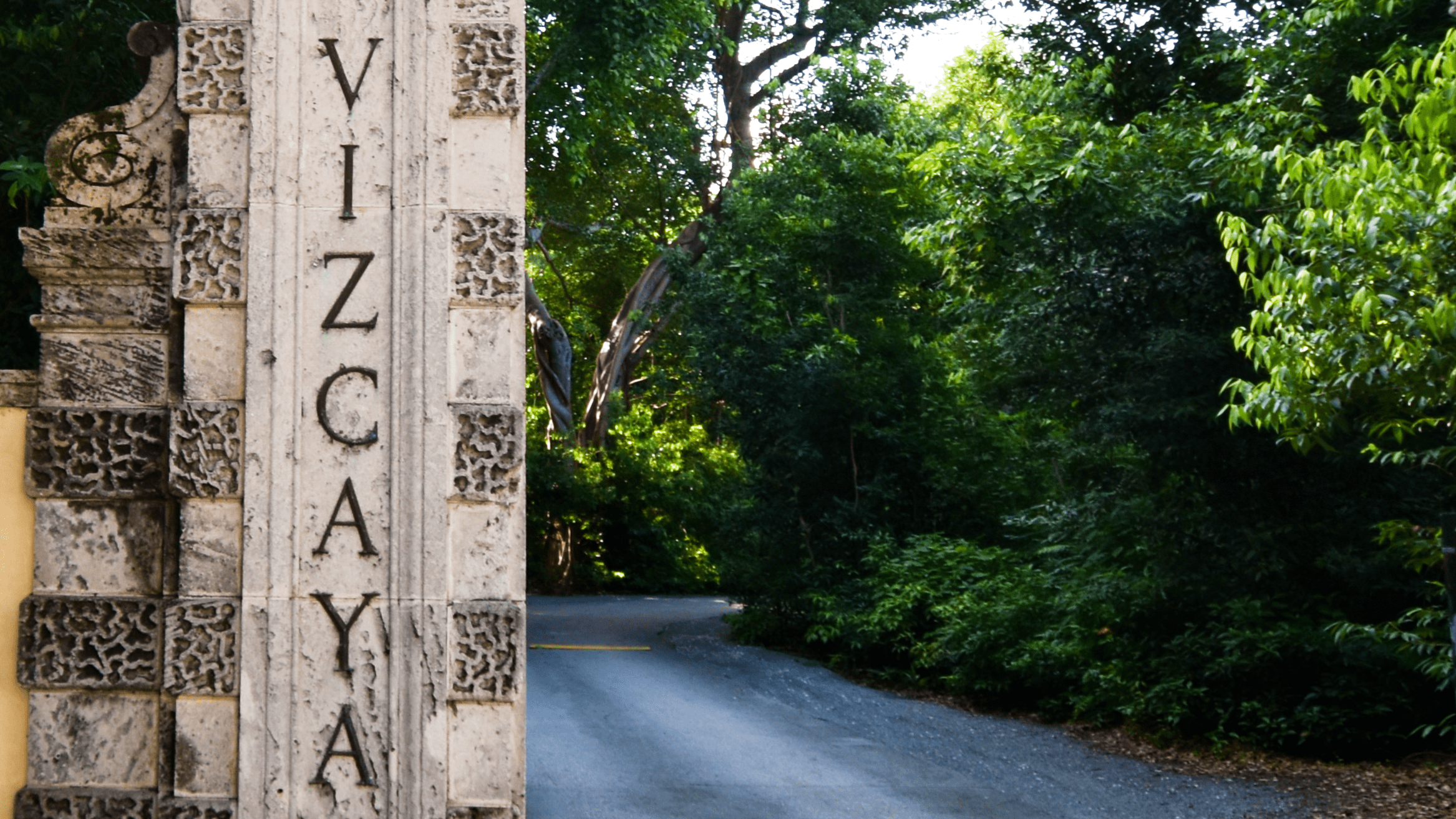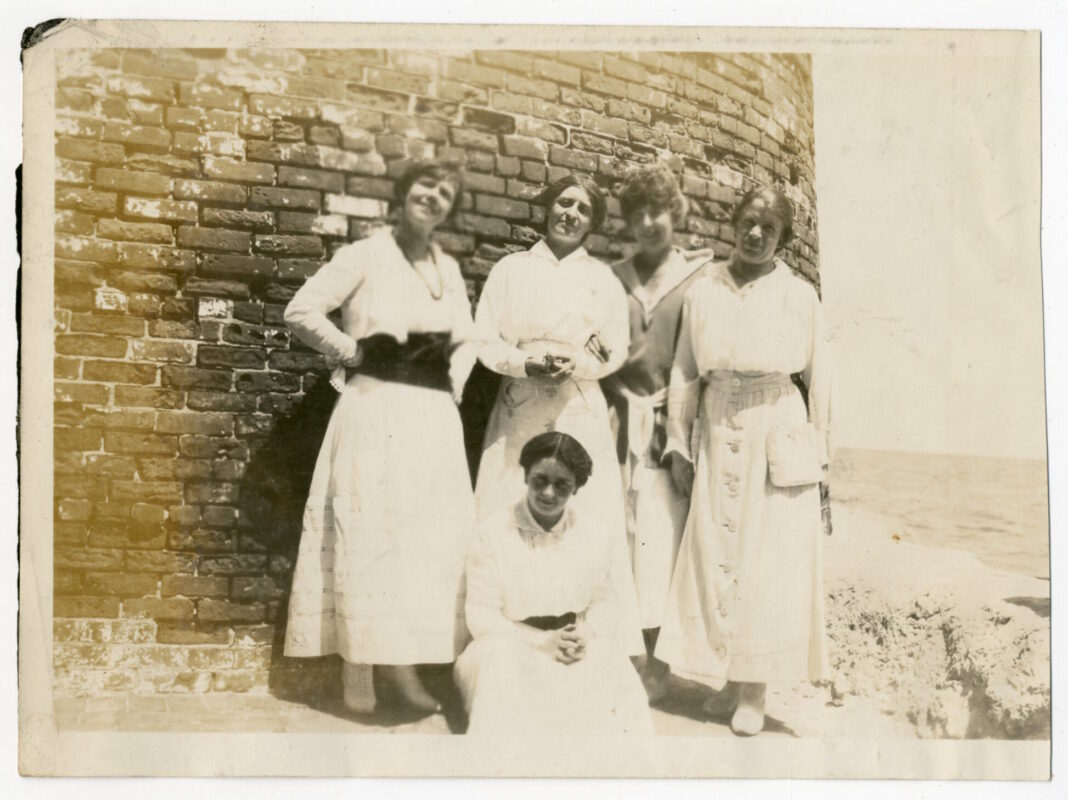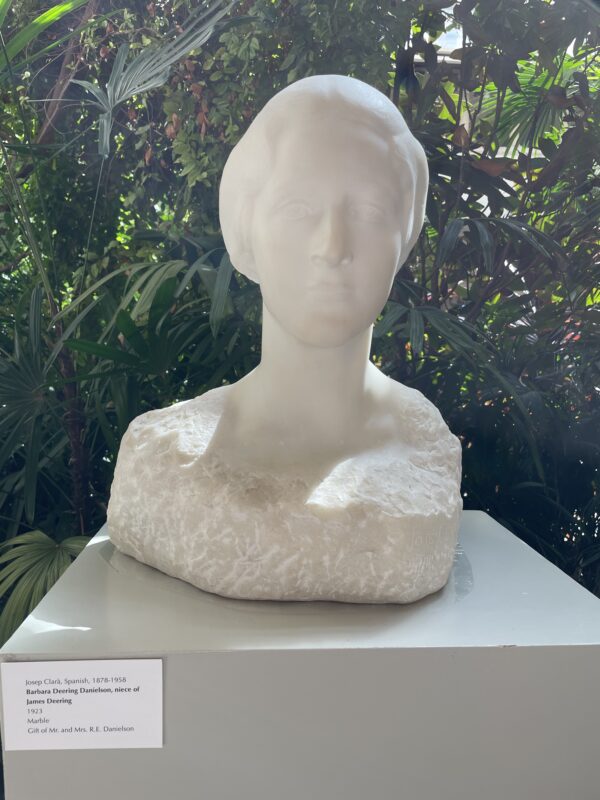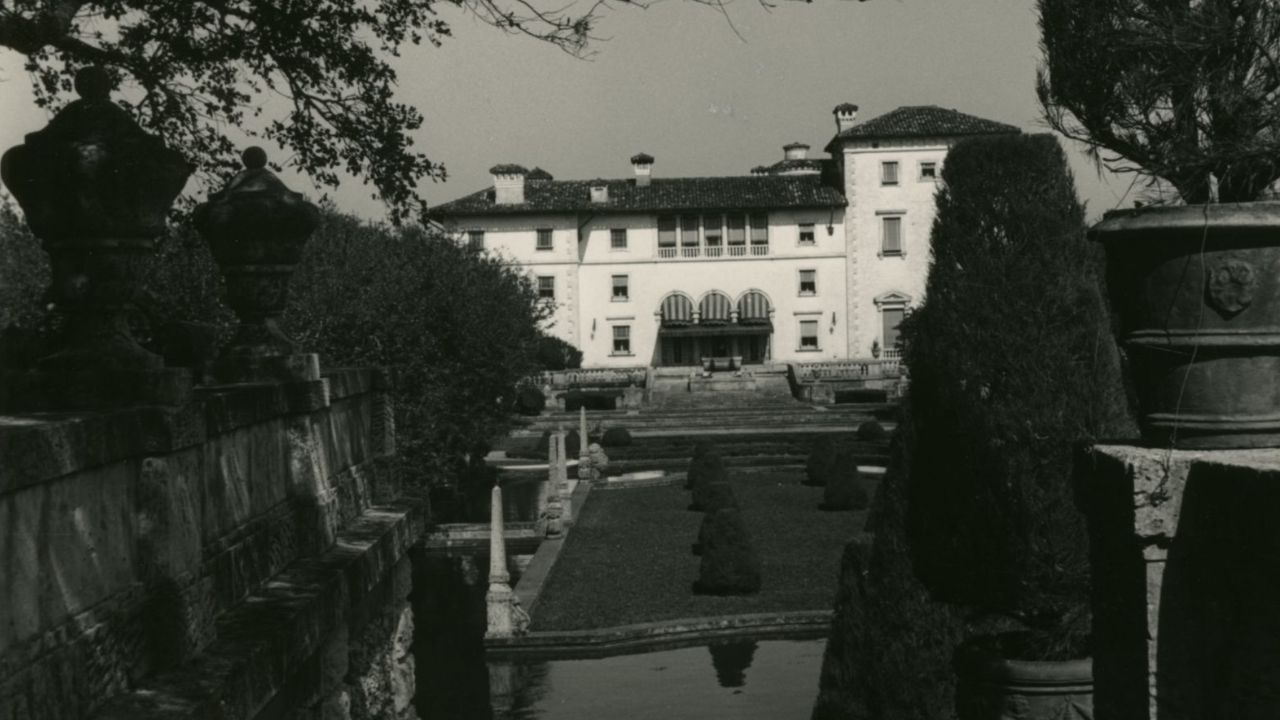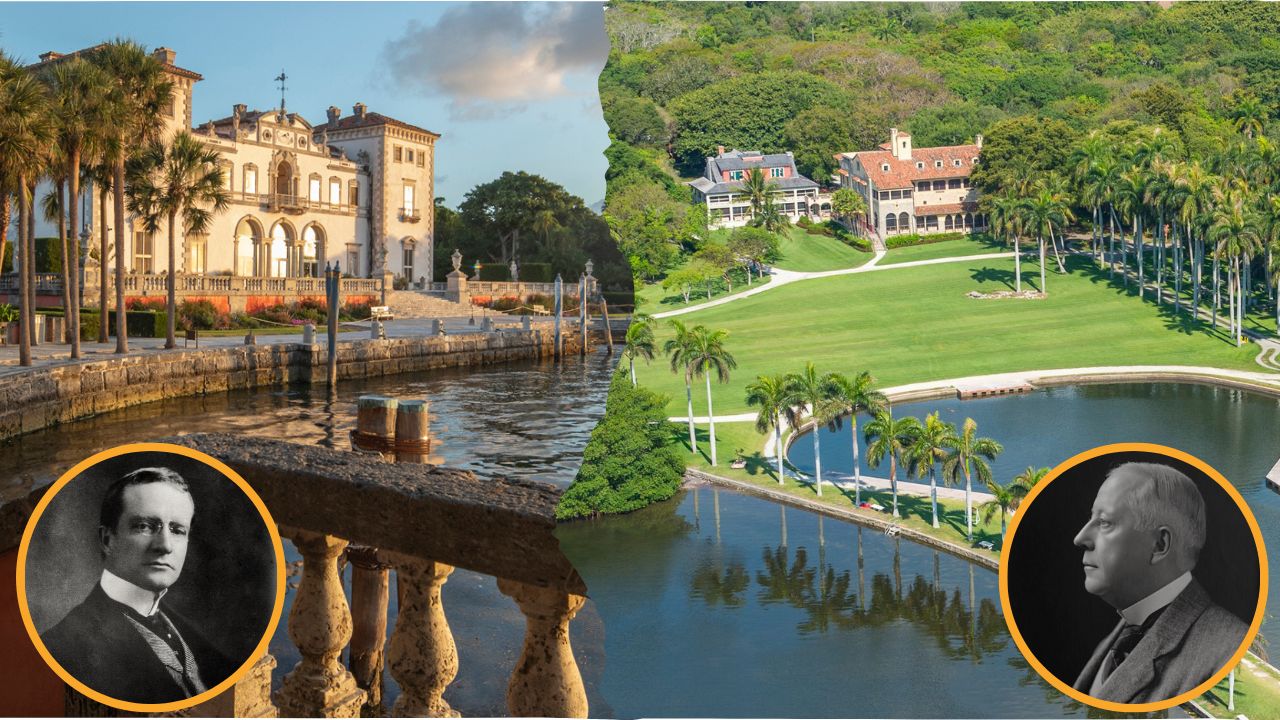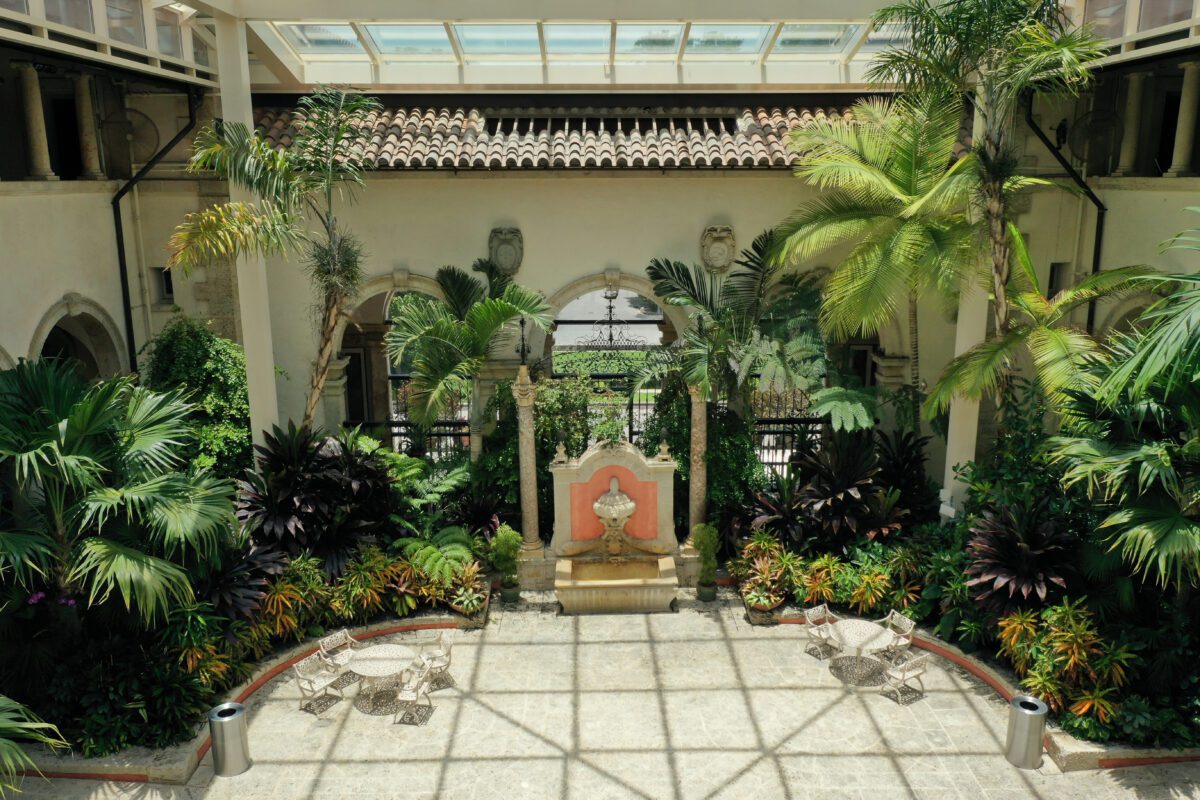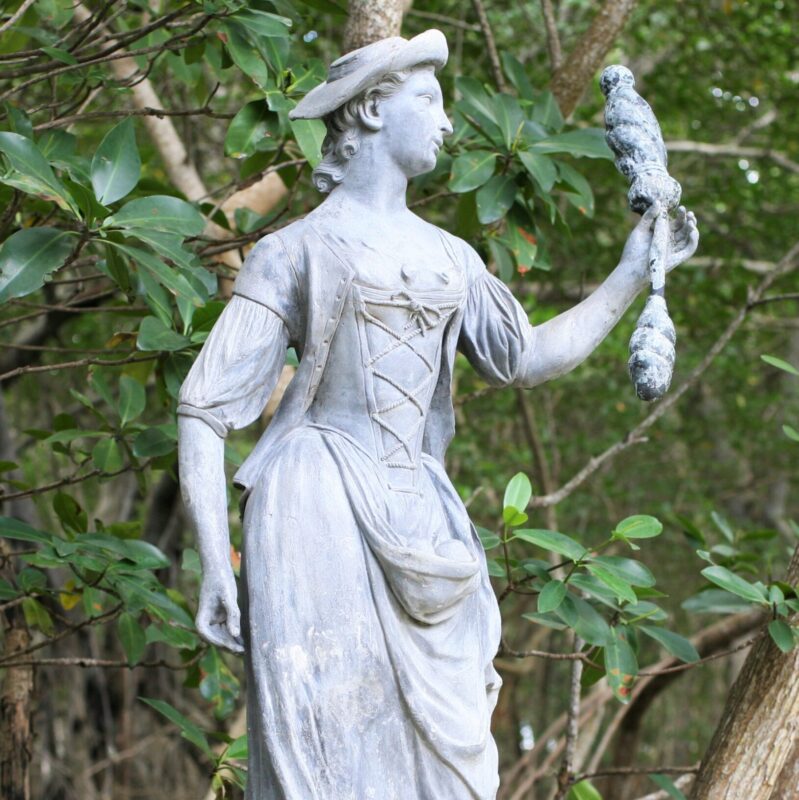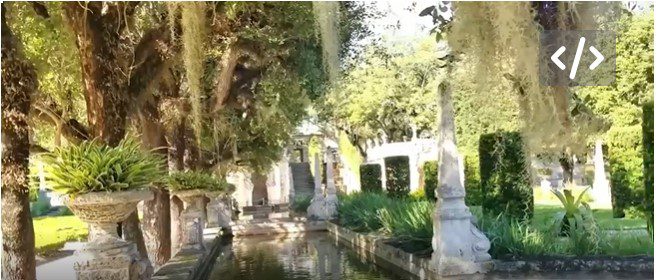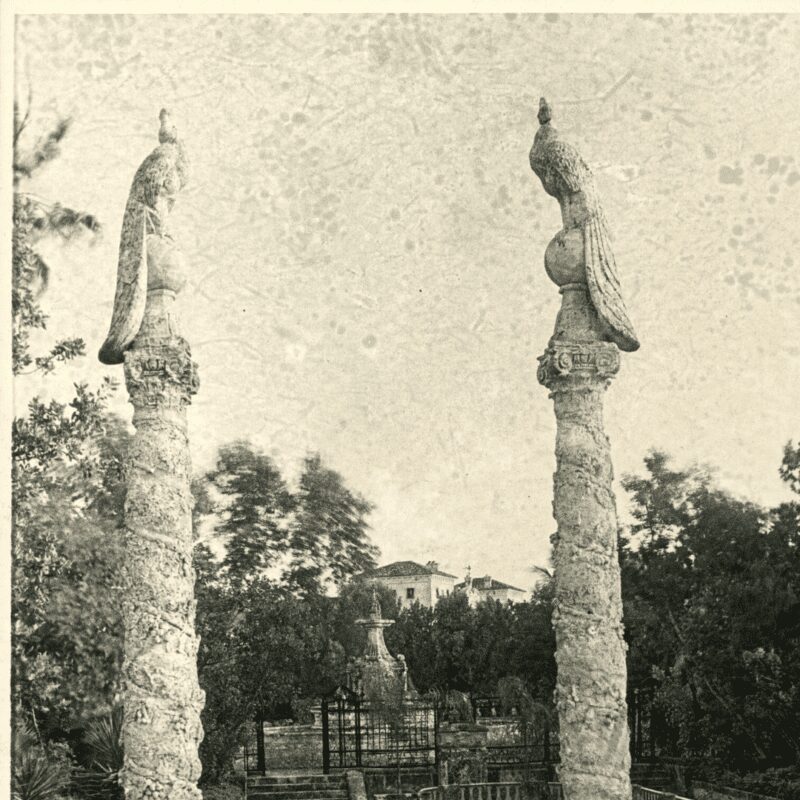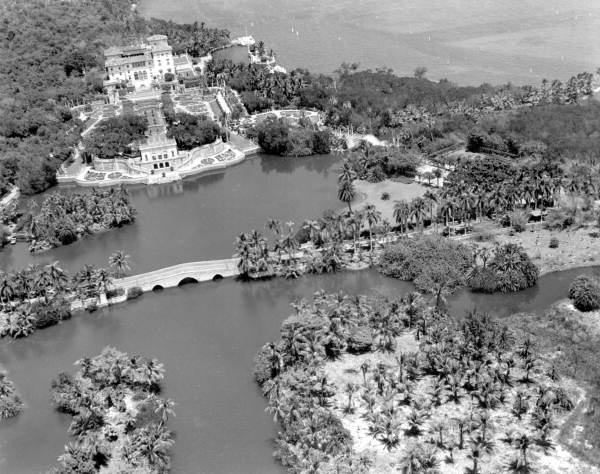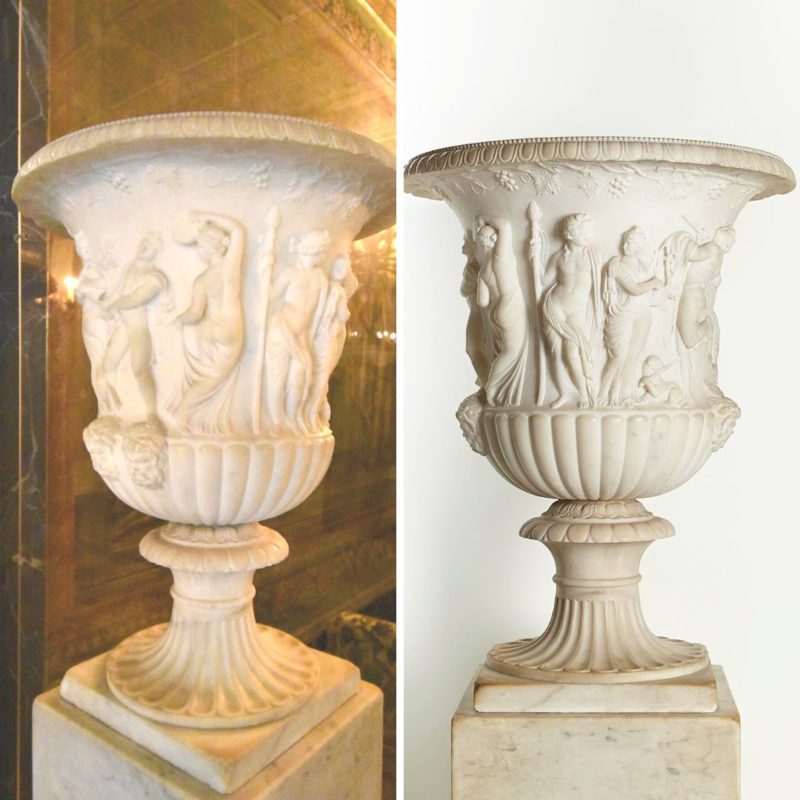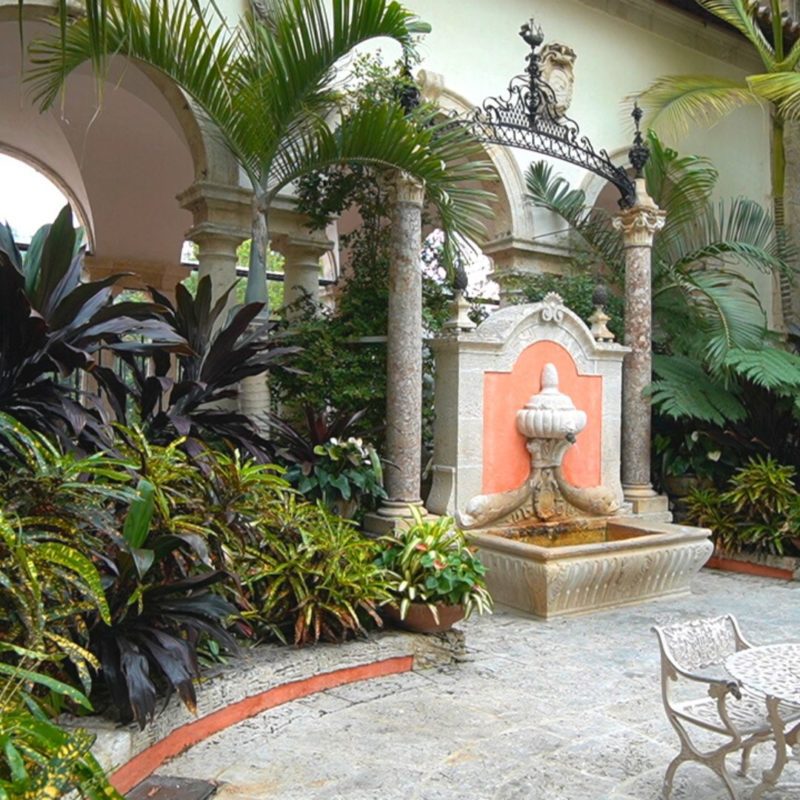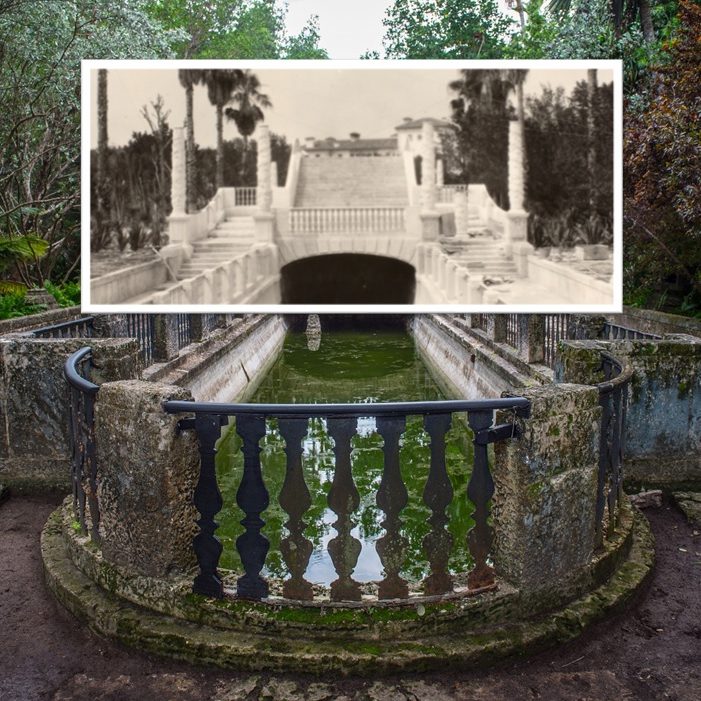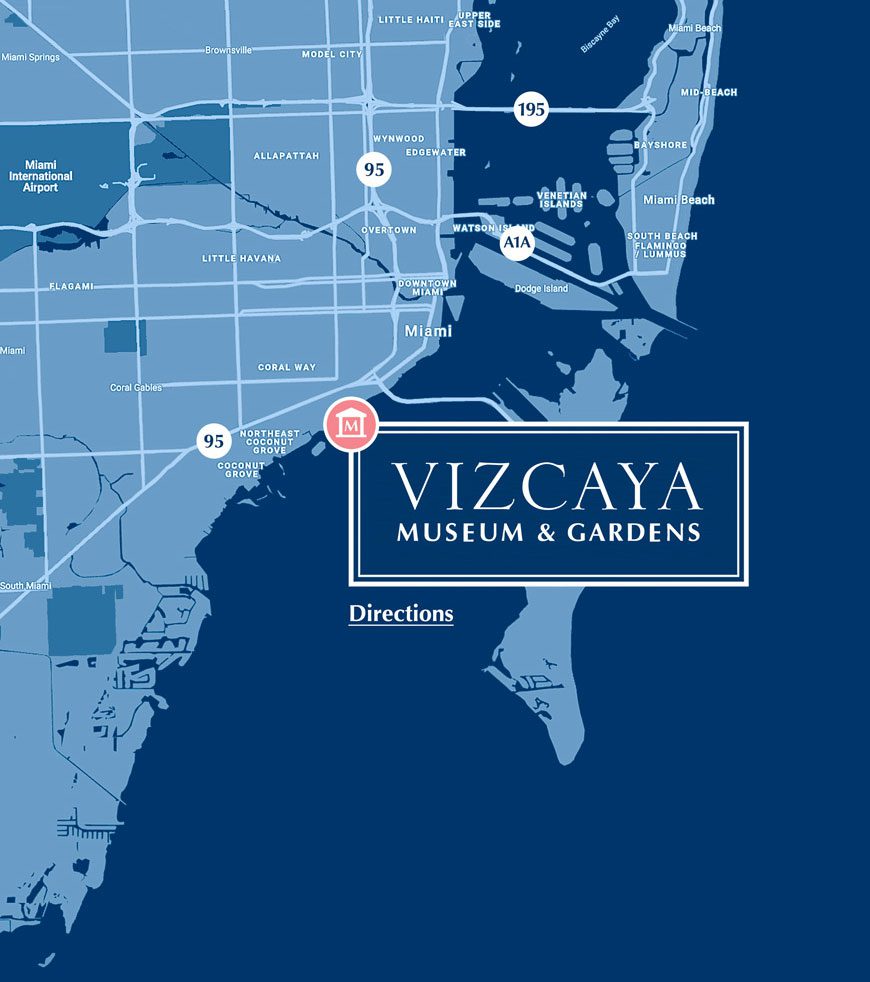Creating the Myth
Inspired by the Age of Discovery, when European ships traveled around the world in search of new trading routes, James Deering wanted to create a myth that his Miami estate was named after an explorer and should embody South Florida history and legends. So, he must have been intrigued to learn of the Spanish merchant Sebastian Vizcaino, a 15th century explorer of the Americas.
From “Vizcaino” to “Vizcaya”
The name Vizcaino appeared to capture everything Deering was looking for. In 1914, he wrote to Paul Chalfin that he wanted to modify the name and call his estate Vizcaya, “as Vizcaya is much prettier than Vizcino.” He said that the name was easily pronounced and evocative of both Spain and the Biscayne Bay location of his winter home. And he observed that the Spanish caraval – a boat associated with past explorers – could become an emblem for Vizcaya.
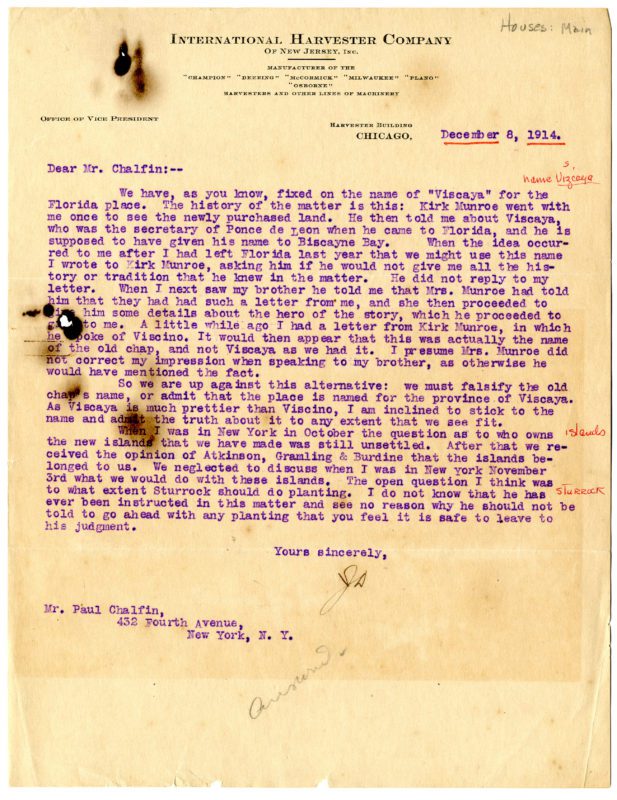
Sculptures, Real and Imaginary
Deering was so confident that his preferred name was close enough to that of the merchant explorer that he suggested to Chalfin the possibility of placing “one or two statues of an old Spanish rover” at the estate. This idea materialized in the sculptures Deering identified as Ponce de Leon and the imaginary “Bel Vizcaya” in the entrance Piazza.
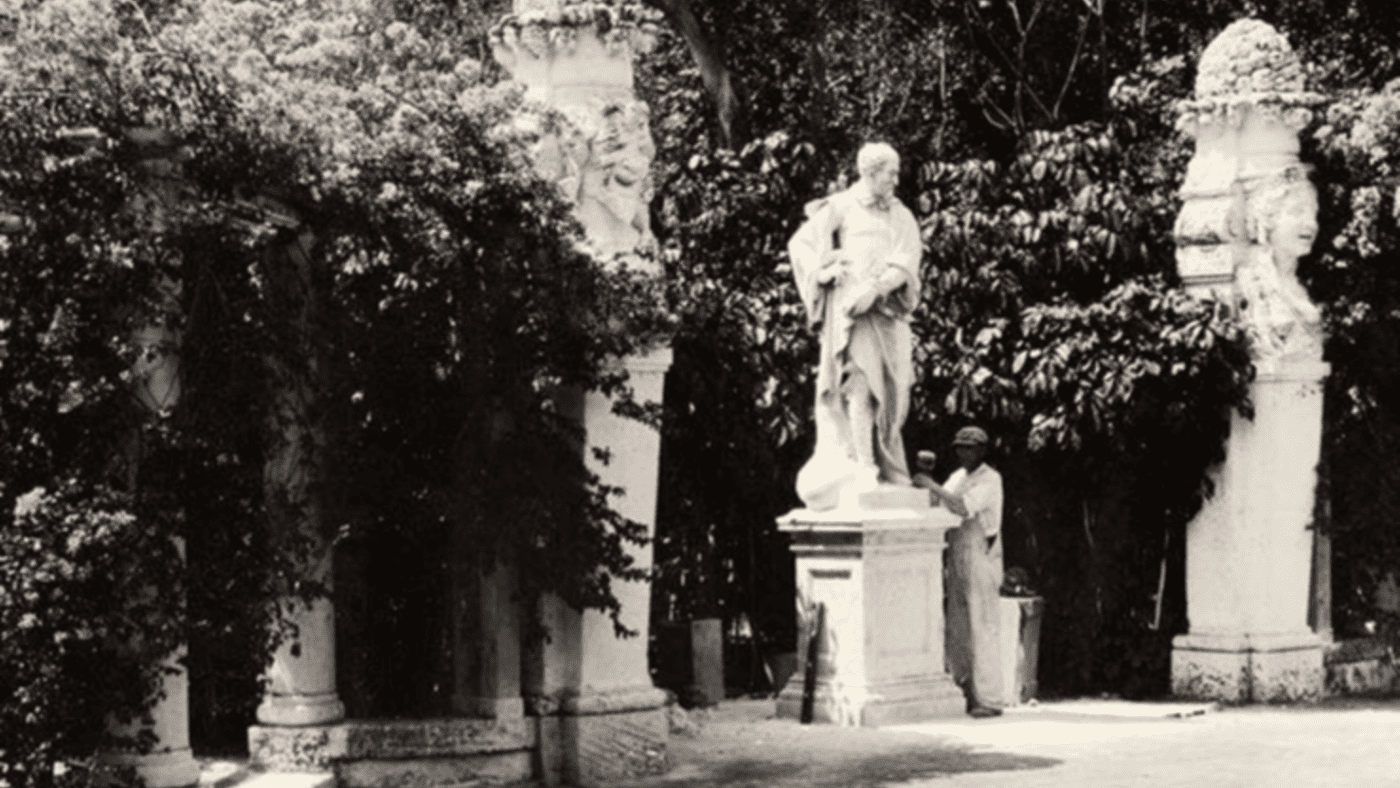
Beyond Vizcaya
Deering merrily concluded: “I doubt if we are likely to get a better name.” The many real estate developments, restaurants and venues in Miami and beyond that have adopted the name prove he was right.


